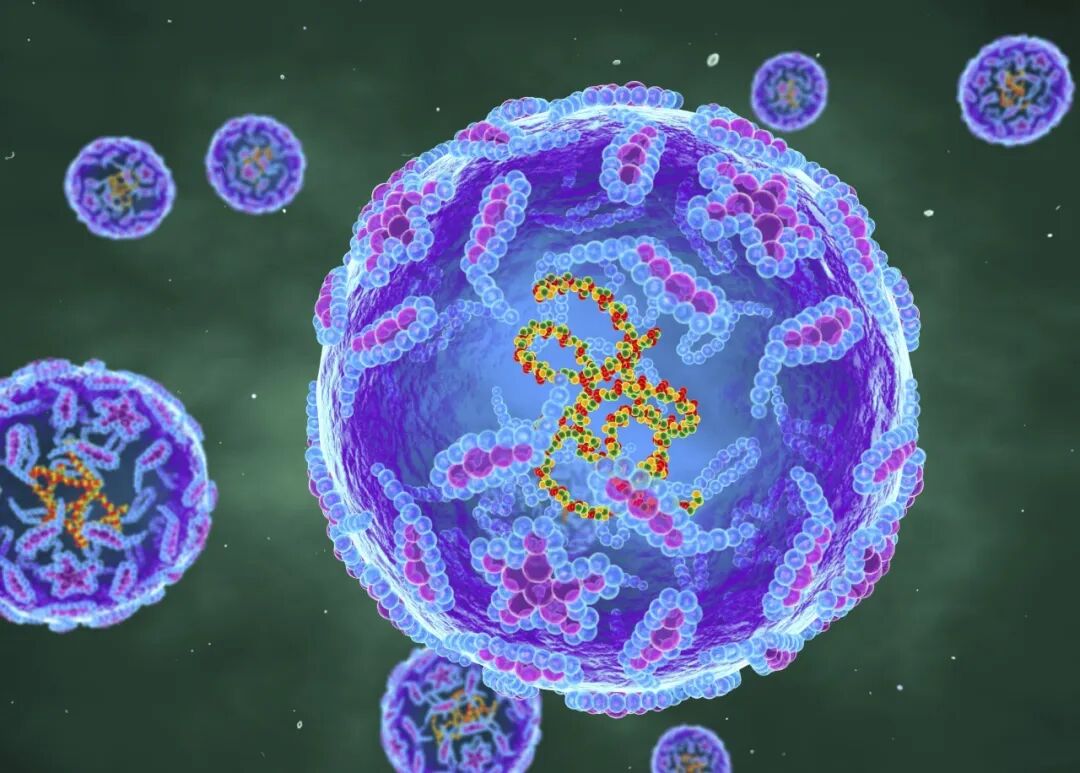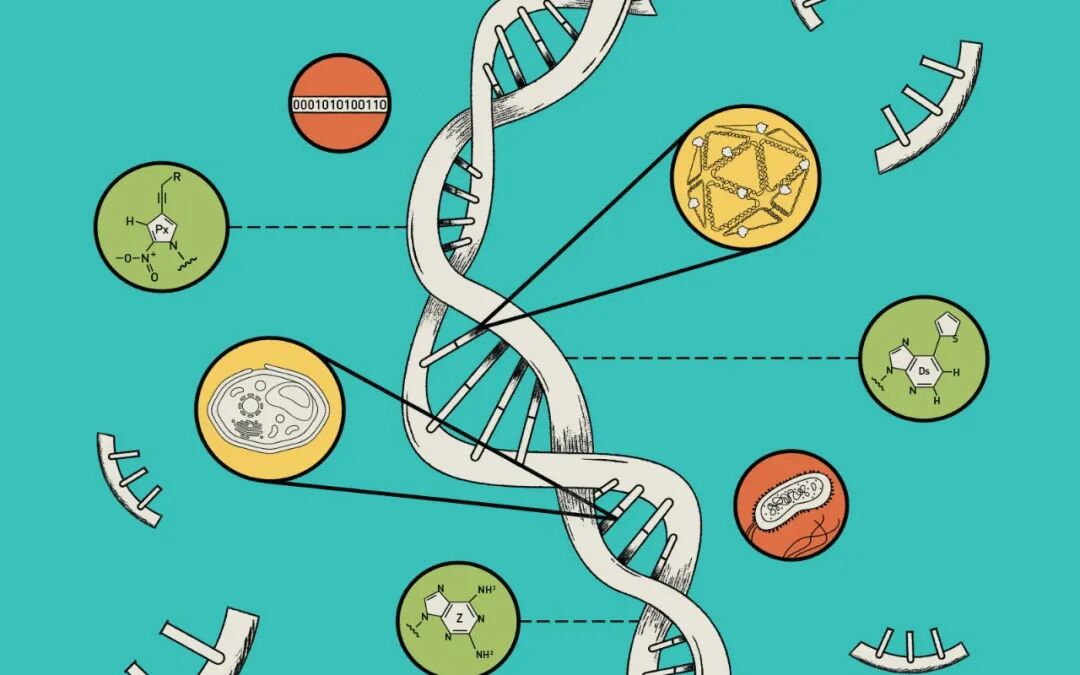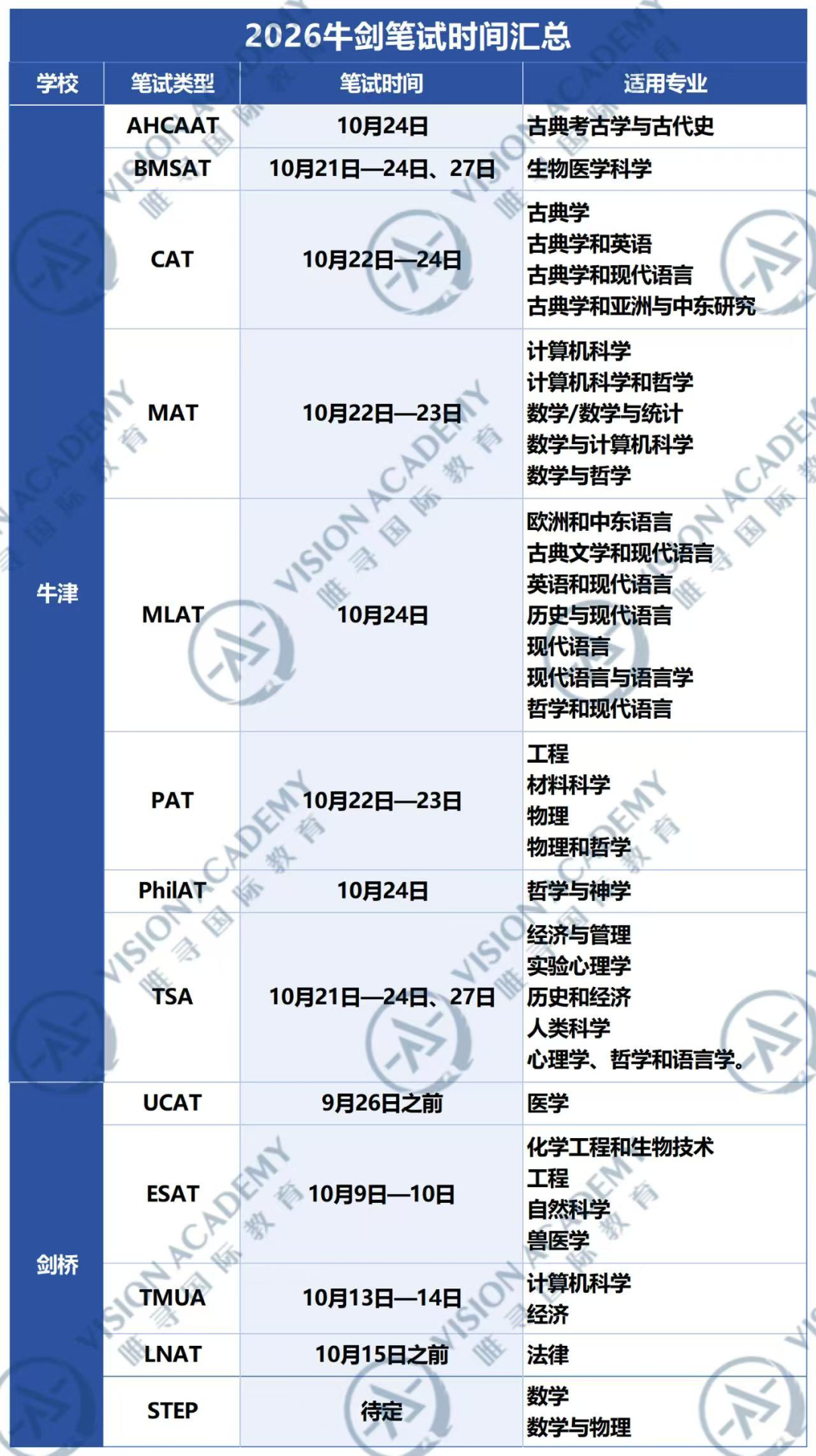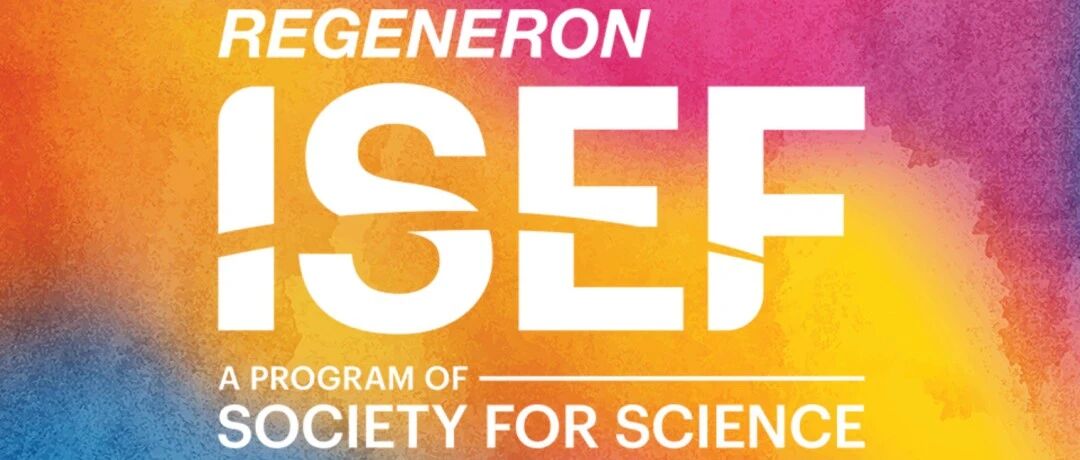WSC Weekly
2025世界学者杯
the World Scholar's Cup
@WSC小学者们!Jerry喊你来看
WSC Weekly专栏啦!
2025年度主题:重燃未来
Reigniting the Future
WSC Weekly专栏将精选最新话题内容
助力小学者准备世界学者杯!
让我们怀着
永恒的学术精神与信念
探索未来的无限可能吧!
锁定每周WSC Weekly
上期回顾&Quiz答案揭晓
在2025年世界学者杯第24期WSC Weekly栏目中,我们与小学者一起了解了自由意志背后的科学争议与理论局限。在上期的趣味Quiz中,你是否找到了正确答案?现在就让我们一起来揭晓吧!
命运决定了你会点开这篇推送?
Are all your choices pre-determined?
第24期Quiz答案揭晓:
Which of the following is not compatible with biological determinism?
以下哪一项与生物决定论不相容?
A. We can predict one’s career choice solely by their exposure to mentors and opportunities
我们可以仅根据一个人接触过的导师和机会预测其职业选择。
B. We can edit our genes to make ourselves resistant to some diseases.
我们可以编辑自己的基因,使自己对某些疾病具有抵抗力。
C. Your parents can know your high school grades at your birth.
你的父母在你出生时就能知道你未来的高中成绩。
D. We feel we are voluntarily motivated to help others.
我们感觉自己是出于自愿而帮助他人。
E. All rich people’s children will be rich.
富人的孩子将来都会变成富人。
正确答案:A
Key: A
2025年第25期
Weekly Intro
仅凭邮购的DNA就能复活致命病毒?这是科学的伟大胜利还是安全伦理的噩梦?
本期Weekly将深入解析人工合成病毒技术,探讨其带来的双重用途困境与伦理挑战,一起来看看吧!
2025 No.25
在实验室手搓一个病毒是可能的吗?
Can we create viruses in a laboratory?
病毒合成突破
2002年,美国石溪大学(Stony Brook University)的艾卡德·威默(Eckard Wimmer)领导的研究团队震惊了科学界——他们宣布成功从零开始重建了脊髓灰质炎病毒(脊灰病毒)。与早期的病毒学实验不同,他们并未从现成的活病毒样本出发,而是仅凭公开发表在科学数据库中的脊灰病毒基因序列,以及通过邮购方式获得的商业化DNA片段。通过拼装这些化学“积木”,他们制造出一种能够感染并杀死实验小鼠的病毒。这是人类首次在没有依赖自然样本的情况下,于实验室内“制造出”病毒。这项实验被赞誉为技术上的重大突破,同时也被批评为生物安全风险,为后续数十年合成生物学领域的伦理与安全争议埋下伏笔。
In 2002, a team of scientists at Stony Brook University, led by Eckard Wimmer, shocked the scientific world by announcing that they had successfully reconstructed the polio virus entirely from scratch. Unlike earlier virology experiments, they did not start with a live viral sample. Instead, they used only the genetic sequence of polio—published openly in scientific databases—and commercially available DNA fragments ordered through the mail. By assembling these chemical building blocks, they produced a virus that could infect and kill laboratory mice.It was the first time a virus had been created in a laboratory without any direct reliance on a natural specimen.This experiment was hailed as a technical triumph but also criticized as a biosecurity risk, foreshadowing debates that would continue in the field of synthetic biology for decades.

从零构建过程
脊灰病毒的基因组相对简单,仅包含大约7,741个RNA碱基。然而,RNA本身十分脆弱且难以操作,因此科学家们首先合成了其DNA版本。为此,他们向一家生物科技公司订购了短链DNA片段(寡核苷酸),然后一步步将这些片段拼接为完整的病毒基因组。组装完成后,这段DNA再通过酶的作用被转录为RNA。这些RNA被引入一个“无细胞系统”中,该系统具备读取遗传密码的基本细胞机制。从这个人工构建的起点开始,具有感染性的病毒颗粒被成功合成。当这些病毒注入小鼠体内后,它们开始复制,并导致小鼠瘫痪甚至死亡,这表明该人工病毒在功能上与自然界中的脊灰病毒几乎没有区别。科学家还特意在病毒中加入了基因“标记”,以便区别它和野生型病毒,并防止其在实验室外不受控传播。
The polio virus genome is relatively simple, containing about 7,741 bases of RNA. However, RNA is fragile and difficult to handle, so the scientists first created a DNA version of the genome. To do this, they ordered short DNA fragments (oligonucleotides) from a biotechnology company. These pieces were then painstakingly stitched together in the correct order until the entire viral genome was reconstructed. Once assembled, the DNA was transcribed into RNA using enzymes.This RNA was then introduced into a cell-free system that contained the necessary cellular machinery to “read” the genetic code. From this artificial starting point, infectious viral particles were produced.When injected into mice, the synthetic virus replicated and caused paralysis and death—demonstrating that it functioned much like the natural polio virus. Genetic “markers” were deliberately inserted to differentiate the artificial strain from the wild type, ensuring it could not easily spread outside the laboratory environment.
合成生物学目标
这次病毒的人工合成是合成生物学的一个重要里程碑。合成生物学不仅研究生命现象,更致力于“设计生命”和“制造生命”。它是一个融合了生物学、工程学、化学和计算机科学的新兴交叉学科,旨在重新编程现有生物系统,或从头构建全新的生命系统。合成生物学就像搭积木:基因和分子成为“零件”,可以像电路或软件一样被组装、修改和设计。该领域主要有两种技术路径。一种是自上而下(Top-down)路径:从简化现有生物入手。科学家们可能将微生物“瘦身”,剔除非必需基因,使其成为一种载体,用于生产药物或生物燃料。另一种是自下而上(Bottom-up)的路径:尝试从零开始创造类生命系统,通过组装DNA、RNA、蛋白质和脂质构建出人工细胞,甚至是完全合成的生命体。
This reconstruction of polio marked a milestone in synthetic biology, a field that aims to not just study life, but design and build it.Synthetic biology is an emerging field that combines biology, engineering, chemistry, and computer science to design and build new biological systems—or reprogram existing ones—for useful purposes.Instead of only studying how living organisms work, synthetic biology treats biology like a toolkit: genes and molecules become building blocks that can be assembled, edited, or redesigned much like circuits or software. There are two main approaches in synthetic biology:Top-down approachessimplify existing organisms. Scientists may strip down a microbe to its “minimal genome,” removing unnecessary genes so it can serve as a chassis for new functions, such as producing medicines or biofuels.Bottom-up approachesattempt to create life-like systems from scratch, assembling DNA, RNA, proteins, and lipids into artificial cells or entirely synthetic organisms.

技术应用潜力
目前合成生物学已有了很多应用,包括合成酵母用于生产抗疟疾药物,改造细菌清理海洋油污,构建能使细胞像微型计算机一样运行的基因电路等等。从长远来看,合成生物学有望打造为人类解决难题而量身定制的生物体,能被应用于可持续农业和前沿医学治疗等领域。同样的技术也使得人类能够重建自然中的病毒。支持者认为,合成生物学为科学和医学开辟了新前沿:重建病毒有助于理解病原体机制、测试疫苗,以及为未来疫情做好准备。例如,科学家现在可以重建已灭绝或难以获得的病毒株,来研究它们的行为方式及其危险性。此外,合成生物学还能帮助人类设计“减毒病毒”(即无害化的病毒),用作疫苗。
Applications of synthetic biology already include engineered yeast that makes malaria drugs, bacteria that clean up oil spills, and gene circuits that allow cells to act like tiny computers.The long-term vision is to create organisms tailored to solve human problems—from sustainable agriculture to new therapies.But the same methods also allow researchers to recreate natural organisms—including viruses. Supporters argue that synthetic biology opens new frontiers of science and medicine. Reconstructing viruses can help researchers understand how pathogens work, test vaccines, and prepare for future outbreaks. For instance, labs can now recreate extinct or hard-to-obtain strains to study how they behaved and why they were dangerous. Synthetic biology might also allow us to build attenuated viruses—harmless versions of dangerous pathogens—that could serve as vaccines.
安全与伦理风险
然而,这项技术同样引发了严重的担忧。2002年实验展示了只需邮购基因片段就能“复活”病毒的现实,凸显了所谓的“双重用途困境”(dual-use dilemma):推动科学发展的知识,也可能被用于制造灾难。批评者担心,实验细节的公开,等同于为包括恶意分子在内的任何人供了一份“病毒制作说明书”。如果脊灰病毒可以被复原,那么其他已被消灭的病毒(比如天花)是否也面临复活风险?虽然天花的基因组要大得多(约186,000个碱基,而脊灰仅有7,741个),但原理是相同的,病毒“被消灭”不再等于“真正灭绝”。公共卫生专家指出,该实验动摇了人类对疾病“根除”的信心:即使自然界中不再有脊灰病毒,它依然可以被重建,永远无法彻底消失。这也引发了一个深刻问题:在合成生物学时代,“根除”病毒到底意味着什么?
Yet, the very same technology also raises urgent concerns.By showing that a virus can be recreated from mail-order parts, the polio experiment highlighted the dual-use dilemma: the same knowledge that advances science could also be used for harm.Critics worried that publishing the full details of the experiment effectively provided a “recipe” for anyone—including malicious actors—to build a virus. If polio could be resurrected, what about other eradicated diseases like smallpox? While smallpox has a much larger genome (about 186,000 bases, compared to polio’s 7,741), the principle remains: eradication no longer guarantees extinction. Public health experts noted that this experiment undermines the finality of eradication campaigns. Even if polio is eliminated in nature, the possibility of reconstruction means the virus can never be truly gone. That raises profound questions about what eradication means in an age of synthetic biology.
Weekly关键词 Key Words►
polio virus 脊灰病毒
synthetic biology 合成生物学
所属话题
Reliving It Up
相关阅读
https://www.theguardian.com/world/2002/jul/12/research.internationaleducationnews
https://www.sciencedirect.com/topics/agricultural-and-biological-sciences/synthetic-biology
Weekly FUN Quiz
相信现在你已经知道了实验室里的病毒“复活”之谜了吧!那就快来参与本期Weekly FUN Quiz👇,告诉老师你的答案吧!
Quiz
If you are a synthetic biologist, which of the following is LEAST likely to be one of your research projects?
如果你是一个合成生物学家,以下哪项最不可能成为你的研究项目?
A. Designing microbes that can convert carbon dioxide into biofuels 设计能够将二氧化碳转化为生物燃料的微生物B. Engineering crops to improve resistance against pests and environmental stress 改造农作物以增强其对害虫和环境压力的抵抗力C. Breeding dogs that are more responsive to human commands 培育对人类命令更敏感的狗D. Reconstructing viruses in the lab to study their behavior and test vaccines 在实验室重建病毒以研究其行为和测试疫苗E. Programming yeast cells to produce complex pharmaceuticals 编程酵母细胞以生产复杂的药物
To WSC Scholars:
本期Weekly Quiz正确答案将在专栏下期推文中揭晓!欢迎小学者们关注服务号,进入“WSC Weekly”专栏,此栏目将会持续陪伴小学者们,分享更多WSC趣味学术知识!














